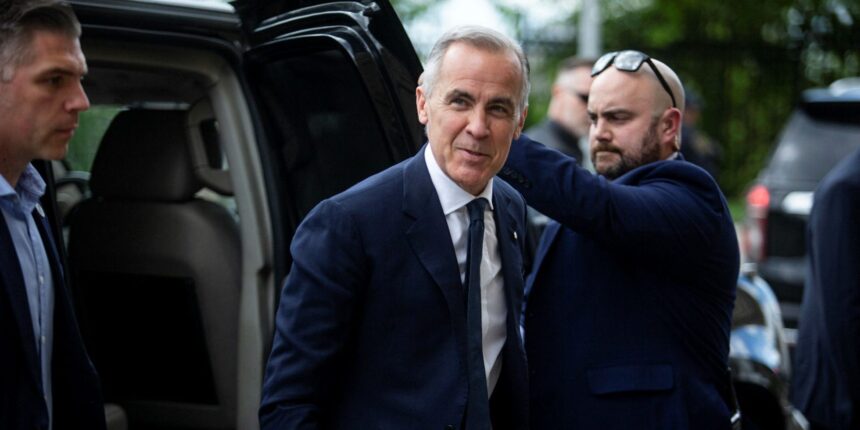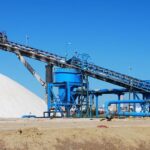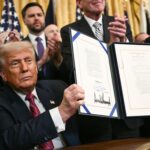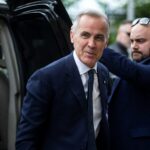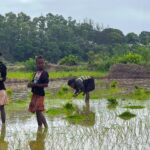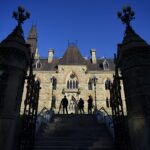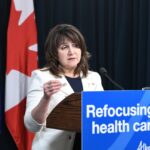In a strategic move that has raised eyebrows across Canada’s political landscape, former Bank of Canada governor Mark Carney made an unexpected visit to the Northwest Territories last week, coinciding with the annual Premiers’ Summit in Muskoka. The timing of Carney’s northern tour has intensified speculation about his political ambitions, particularly as federal Liberal strategists appear increasingly anxious about their electoral prospects.
Sources close to the Liberal Party revealed that Carney’s visit included meetings with Indigenous leaders and local business representatives focused on sustainable resource development, climate resilience, and northern economic diversification. “Carney brings a unique perspective that bridges financial expertise with climate action,” explained Dr. Eleanor Simmons, Director of the Northern Policy Institute. “His presence in the territories signals serious engagement with issues that have traditionally been relegated to the periphery of national discourse.”
The former central banker’s territorial tour stands in stark contrast to the more publicized gathering of premiers at the luxurious Muskoka resort, where contentious debates over healthcare funding and interprovincial trade dominated the agenda. Political analysts suggest this contrast was precisely Carney’s intention, creating a visual juxtaposition between establishment politics and his own brand of on-the-ground engagement.
“While the premiers were locked in familiar disputes over fiscal arrangements, Carney was listening to communities facing immediate climate impacts and economic challenges,” noted Michael Trudeau, political correspondent for CO24 Politics. “It’s a calculated political strategy that positions him as an outsider while leveraging his insider credentials.”
The Northwest Territories visit included tours of critical infrastructure projects, including proposed clean energy developments that could reduce diesel dependency in remote communities. Territorial Premier Caroline Cochrane welcomed Carney’s interest, stating: “We appreciate anyone who takes the time to understand northern realities beyond the stereotypes and actually engages with our vision for sustainable development.”
Economic considerations appear central to Carney’s northern strategy. With his background as Governor of both the Bank of Canada and the Bank of England, Carney’s interest in northern resource development carries significant weight in investment circles. “The territories represent both climate vulnerability and economic opportunity,” Carney stated during a community forum in Yellowknife. “Canada’s path to both climate resilience and prosperity runs directly through our northern regions.”
Federal Conservative officials dismissed the visit as “political theater,” with Opposition Leader Pierre Poilievre suggesting that “Carney is auditioning for a role everyone knows he’s already been cast in.” This sentiment was echoed by several attendees at the Muskoka summit, where premiers from conservative-led provinces expressed skepticism about Carney’s motivations.
Indigenous leaders offered mixed reactions to Carney’s presence. Grand Chief Samuel Roberts of the Dehcho First Nations acknowledged Carney’s willingness to listen but remained cautious: “We’ve seen many political figures come north with promises. What matters is whether respect for Indigenous sovereignty translates into meaningful partnership after the cameras leave.”
The visit coincided with the release of troubling economic indicators for Canada’s northern economies, with inflation rates exceeding the national average and infrastructure deficits hampering development. “The timing suggests Carney is positioning himself as someone who can bridge economic pragmatism with progressive values,” observed Dr. Catherine West, economist at Northern Canada Research Centre. “It’s a narrow political lane but potentially powerful if he can establish credibility.”
As the 2025 election season approaches, Carney’s territorial tour represents a significant development in pre-campaign positioning. While the Liberal Party has neither confirmed nor denied Carney’s future role, his increasing visibility in Canadian political discourse raises important questions: Can an economic technocrat with global experience connect authentically with voters across Canada’s diverse regions? And more immediately, how will this carefully choreographed northern strategy influence the already complex dynamics of national leadership in an increasingly fragmented political landscape?

